Description
Python has become an essential tool for water resource analysis due to its versatility, powerful libraries, and ability to handle large datasets efficiently. In the field of hydrology and water management, the need for accurate modeling, prediction, and visualization of water resources has grown significantly. Python’s libraries, such as Pandas for data manipulation, NumPy for numerical computations, and Matplotlib or Plotly for data visualization, offer robust frameworks for analyzing complex hydrological data. Additionally, Python’s geospatial libraries, like GeoPandas and Rasterio, enable the integration of geographic information systems (GIS) for spatial analysis, which is crucial for understanding water distribution, flow patterns, and watershed management.
Hatarilabs presents its educational program designed for mastering Python in real professional and academic environments. The program has an extensive practical work that goes from the basic concepts of Python, Numpy and Pandas to specific applications in water resources and geosciences coupled with geospatial analysis and machine learning.
Objectives
This diploma is designed to provide you with the following capabilities:
-
Master the basic concepts of Python and the Jupyter environment
-
Become proficient in the common tools of the scientific oriented Python packages as Numpy, Pandas and Scipy
-
Create full feature data visualizations for tabular, geospatial and 3D data.
-
Learn and apply the most common geospatial tools for vector and raster data analysis in Python
-
Have a perspective on the application of machine learning tools in Python for water resources and related fields.
Content
The diploma is divided into 5 modules, each module is divided into 4 sessions. See the complete diploma syllabus on this link.
The summarized content of every module is described below:
Module 1: Python for Hydrology – Part 1
This module develops the basic concepts of Python programming under Jupyter. Exercises will cover the basic Python data structures, conditional statements, loops coupled with an introduction to array manipulation in Numpy, tabular data management with Pandas and applied exercises with precipitation data …more info
-
Session 1: Python data types
-
Session 3: Python loops and data structures
-
Session 4: Numpy and matplotlib for water resources
-
Session 5: Precipitation data analysis with Pandas… more info
Module 2: Python for Hydrology – Part 2
Once we have covered the basic concepts of Python programming and introductory examples with water resources data we will move to more specific precipitation statistics with Scipy, analysis of long term precipitation and streamflow data with temporal queries and spatial interpolations for storm events… more info
-
Session 1: Rainfall statistics with Scipy I
-
Session 2: Rainfall statistics with Scipy II
-
Session 3: Precipitation and streamflow data analysis and visualization
-
Session 4: Spatial interpolation of precipitation data with Python and Matplotlib… more info
Module 3: Data visualization in Python
Following the learning process of Python programming for water resources we will develop a course focused on data visualization using different graphical libraries like Matplotlib, Seaborn, Folium and Altair. This module is aimed to learn the creation and control process of plots for an efficient and interactive data analysis… more info
-
Session 01: Matplotlib
-
Session 02: Seaborn
-
Session 03: Folium
-
Session 04: Altair… more info
Module 4: Applied geospatial data analysis with Python
Modeling surface flow, groundwater flow or any physical process on the environment is by itself a distributed process where analytical tools need to be combined with geospatial tools on a programming level. We have compiled the basic information and applied examples of the most common geospatial tools available in Python while assuring functionality on any operating system… more info
-
Session 01: Introduction to Fiona
-
Session 03: Introduction to Shapely
-
Session 04: Raster data management with Rasterio and Python
-
Session 05: Introduction to Geopandas for flooded areas analysis… more info
Module 5: Machine learning in Python for water resources
Algorithms of machine learning in Python are simple and efficient tools for predictive data analysis and can be applied to any field of water resources. We have developed some applied cases of machine learning prediction with the Scikit Learn and Scikit Image of a variety of topics that range from water chemistry, fill missing precipitation, and water bodies delineation… more info
-
Session 1: Filling missing precipitation data
-
Session 2: Fill missing precipitation from multiple stations and climate variables
-
Session 3: Water chemistry cluster analysis
-
Session 4: Delimitation of water bodies with Canny filters… more info
Trainer
Saul Montoya M.Sc.
Hydrogeologist – Numerical Modeler
Mr. Montoya is a Civil Engineer graduated from the Catholic University in Lima with postgraduate studies in Management and Engineering of Water Resources (WAREM Program) from Stuttgart University – Germany with mention in Groundwater Engineering and Hydroinformatics. Mr Montoya has a strong analytical capacity for the interpretation, conceptualization and modeling of the surface and underground water cycle and their interaction.
He is in charge of numerical modeling for contaminant transport and remediation systems of contaminated sites. Inside his hydrological and hydrogeological investigations Mr. Montoya has developed a holistic comprehension of the water cycle, understanding and quantifying the main hydrological dynamic process of precipitation, runoff, evaporation and recharge to the groundwater system.
Over the last 9 years Saul has developed 2 websites for knowledge sharing in water resources: www.gidahatari.com (Spanish) and www.hatarilabs.com (English) that have become relevant due to its applied tutorials on groundwater modeling, spatial analysis and computational fluid mechanics.
Methodology / Examination
Mode: Online with streaming – Synchronous
Some details about the diploma methodology:
-
Manuals and files for the exercises will be delivered on our online platform.
-
The course will be developed by video streaming with life support and interaction, recorded videos will be available on our elearning platform.
-
There is online support for questions regarding the exercises developed through email and meets.
-
Video of the classes will be available for 6 months.
The exams are certification is organized as follows:
-
The program has 2 exams that comprise the content of 2 or 3 courses.
-
Digital certificate available at the end of the program upon the exam approval.
-
To receive the digital certificate you must submit the exams in the following dates:
-
First exam before January 6 2025,
-
Second exam before February 15 2025.
-
Date and time
The course is offered in sessions of approximately 1.5 to 2 hours. All sessions start at 6pm Central European Time (CET) – Amsterdam Time.
-
Module 1 – November 2024 [5, 7, 12, 14]
-
Module 2 – November 2024 [19, 21] and December 2024 [3, 5]
-
Module 3 – December 2024 [17, 19] and January 2025 [7, 9]
-
Module 4 – January 2025 [14, 16, 21, 23]
-
Module 5 – January 2025 [28, 30] and February 2025 [4,6]
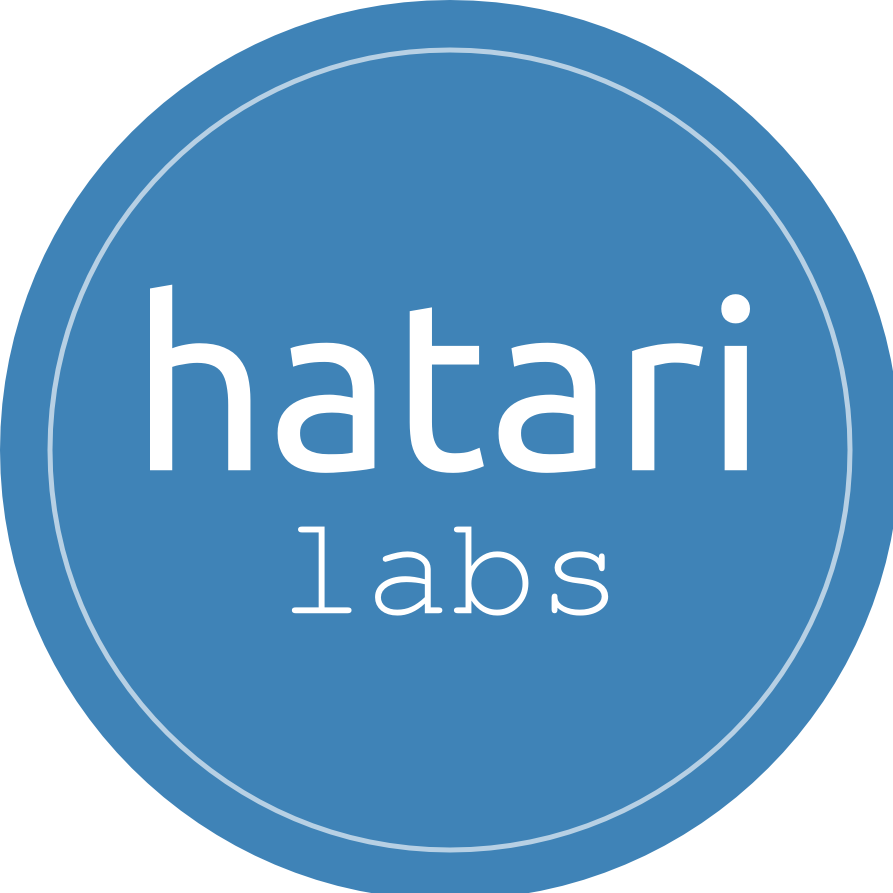
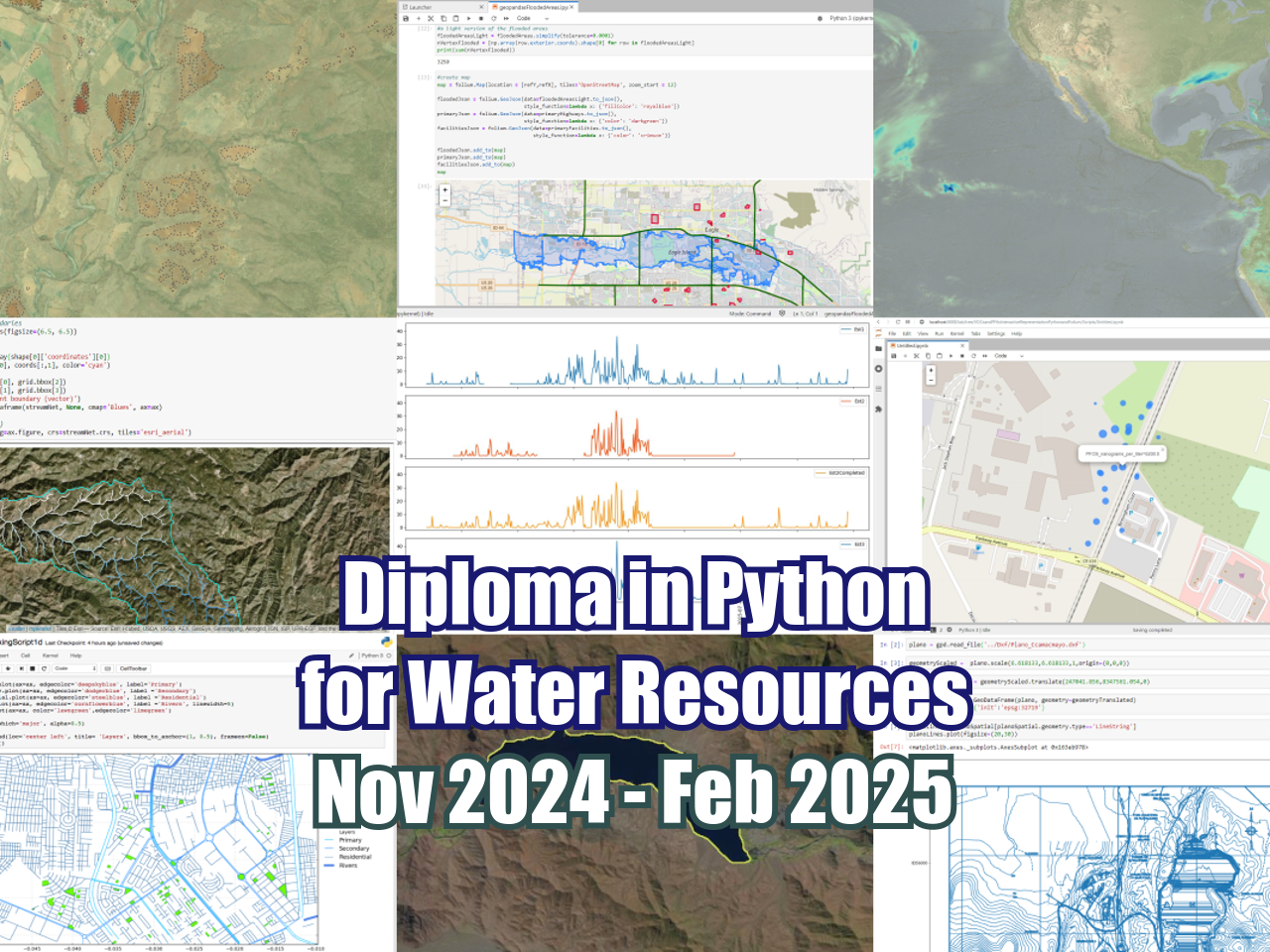
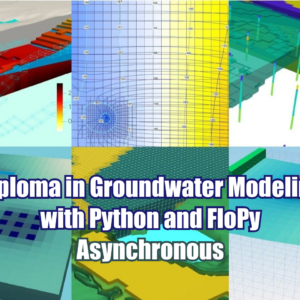
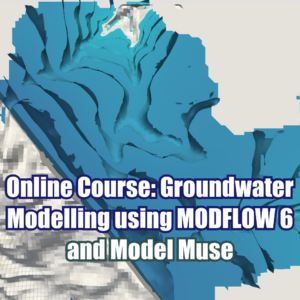
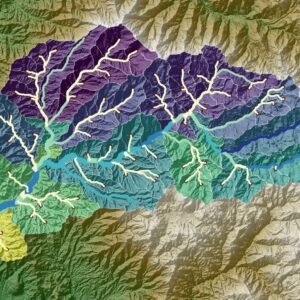
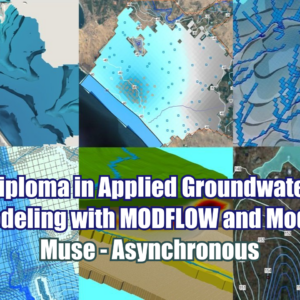
Reviews
There are no reviews yet.